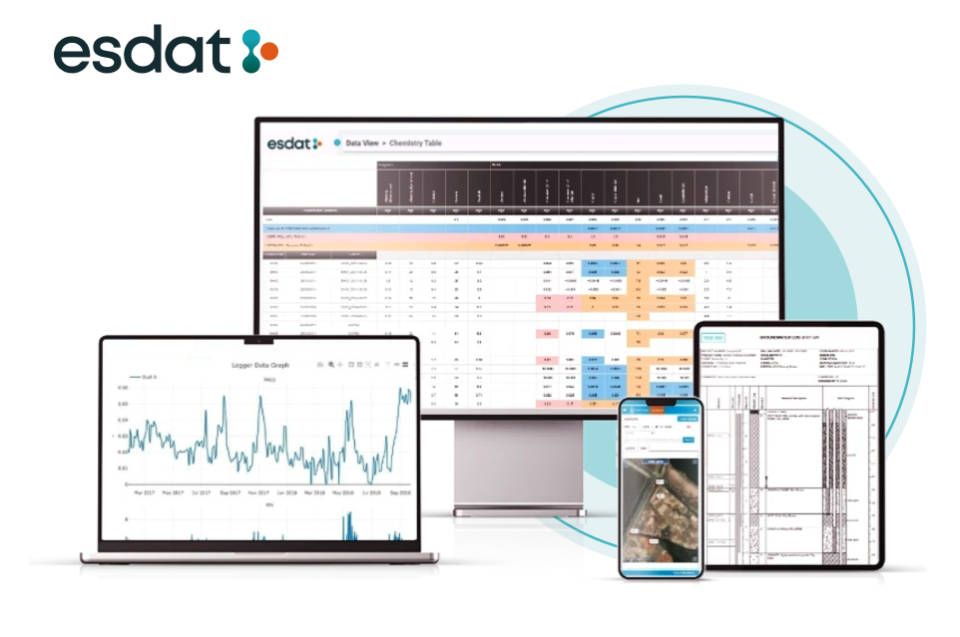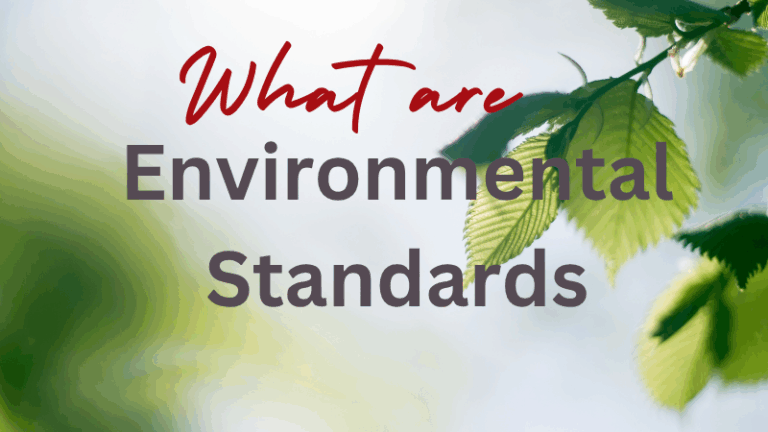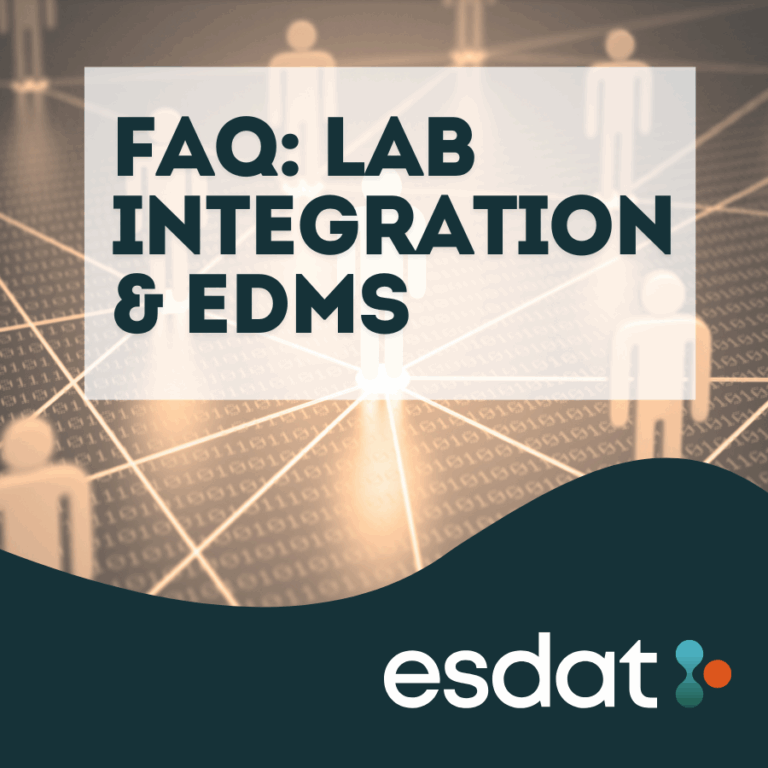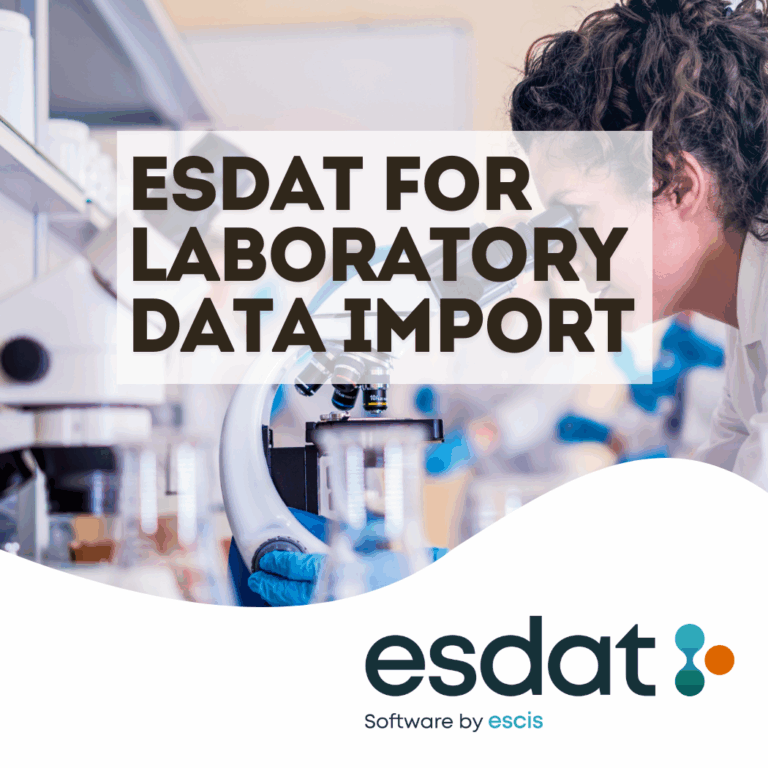1. What is Environmental Data Management Software (EDMS)?
EDMS (Environmental Data Management Software) is designed to collect, store, manage, and analyze environmental data efficiently. It streamlines the process of environmental monitoring, reporting, and compliance tracking by automating data management tasks, reducing the risk of errors, and providing real-time insights into environmental performance.

2. How does EDMS support an Environmental Management Framework (EMF)?
EDMS significantly enhances the effectiveness of an EMF by providing centralized data storage, automated data collection, real-time monitoring, compliance tracking, and advanced reporting tools. It helps organizations manage environmental data more efficiently, comply with regulations, and continuously improve environmental performance.
3. What types of data can EDMS manage?
EDMS can handle a wide range of environmental data, including field measurements, laboratory results, air and water quality parameters, emissions data, and data from environmental sensors. It ensures that all data is stored consistently and efficiently accessible for analysis and reporting.
4. Can EDMS improve compliance with environmental regulations?
Yes. EDMS helps organizations monitor environmental parameters in real-time and compare data against regulatory limits. It tracks compliance with local, regional, and international environmental regulations, generates compliance reports, and ensures that data used in decision-making is accurate and up-to-date with current legal requirements.
5. How does EDMS support real-time environmental monitoring?
EDMS integrates with monitoring equipment and sensors to provide real-time data on key environmental parameters such as air quality, water quality, and emissions. It can also send alerts when certain thresholds are exceeded, allowing organizations to respond quickly to potential issues.
6. What are the benefits of using EDMS for reporting and documentation?
EDMS automates the process of generating reports, such as compliance reports, environmental impact assessments, and sustainability reports. This reduces the need for manual intervention, ensures that reports are standardized, and makes it easier to communicate environmental data to stakeholders, regulators, and the public.
7. How does EDMS contribute to continuous improvement in environmental management?
EDMS provides tools for analyzing and visualizing environmental data, helping organizations identify trends, patterns, and areas where improvements can be made. It can also incorporate feedback from audits, performance reviews, and incident investigations to refine environmental strategies and enhance overall performance.
8. Can EDMS facilitate collaboration among stakeholders?
Yes. EDMS enables multiple stakeholders—such as environmental consultants, project managers, and regulators—to access and collaborate on the same data. This ensures everyone has real-time access to the relevant environmental information, improving communication and decision-making.
9. How does EDMS help with risk management?
EDMS assists in identifying potential environmental risks by analyzing data trends and detecting anomalies. It can simulate different environmental scenarios, helping organizations plan for various risk situations and implement proactive mitigation strategies.
10. Is EDMS capable of handling regulatory updates?
Yes. EDMS can be configured to incorporate changes in environmental regulations, ensuring that the organization’s Environmental Management Framework stays compliant with the latest legal requirements. It also includes validation tools to ensure data meets regulatory standards.
11. How does EDMS help with resource optimization?
EDMS reduces the need for manual data entry, automates data management and reporting processes, and minimizes the risk of non-compliance penalties. This leads to significant cost savings and allows organizations to focus on strategic environmental initiatives rather than administrative tasks.
12. What makes ESdat by EScIS an ideal EDMS for Environmental Management Frameworks?
ESdat by EarthScience Information Systems (EScIS) provides comprehensive tools that align well with the components of an EMF. From data collection and compliance tracking to continuous improvement and stakeholder engagement, ESdat offers a centralized and automated solution that ensures efficient management of environmental responsibilities while adhering to regulatory standards. Its real-time monitoring and reporting capabilities make it a valuable asset for organizations aiming to enhance their environmental performance.
13. Can EDMS be used for Environmental Impact Assessments (EIA)?
Yes. EDMS can analyze historical and current environmental data to assess potential impacts of planned activities, making it a valuable tool for conducting Environmental Impact Assessments (EIA). It helps identify risks, set realistic environmental objectives, and simulate different scenarios to plan appropriate mitigation measures.
Related Articles to Environmental Data Management Software (EDMS)
What is an Environmental Management Frameworks (EMF)?
Exciting Software Update Unveiled for ESdat Users Worldwide, Elevating Data Management Experience






